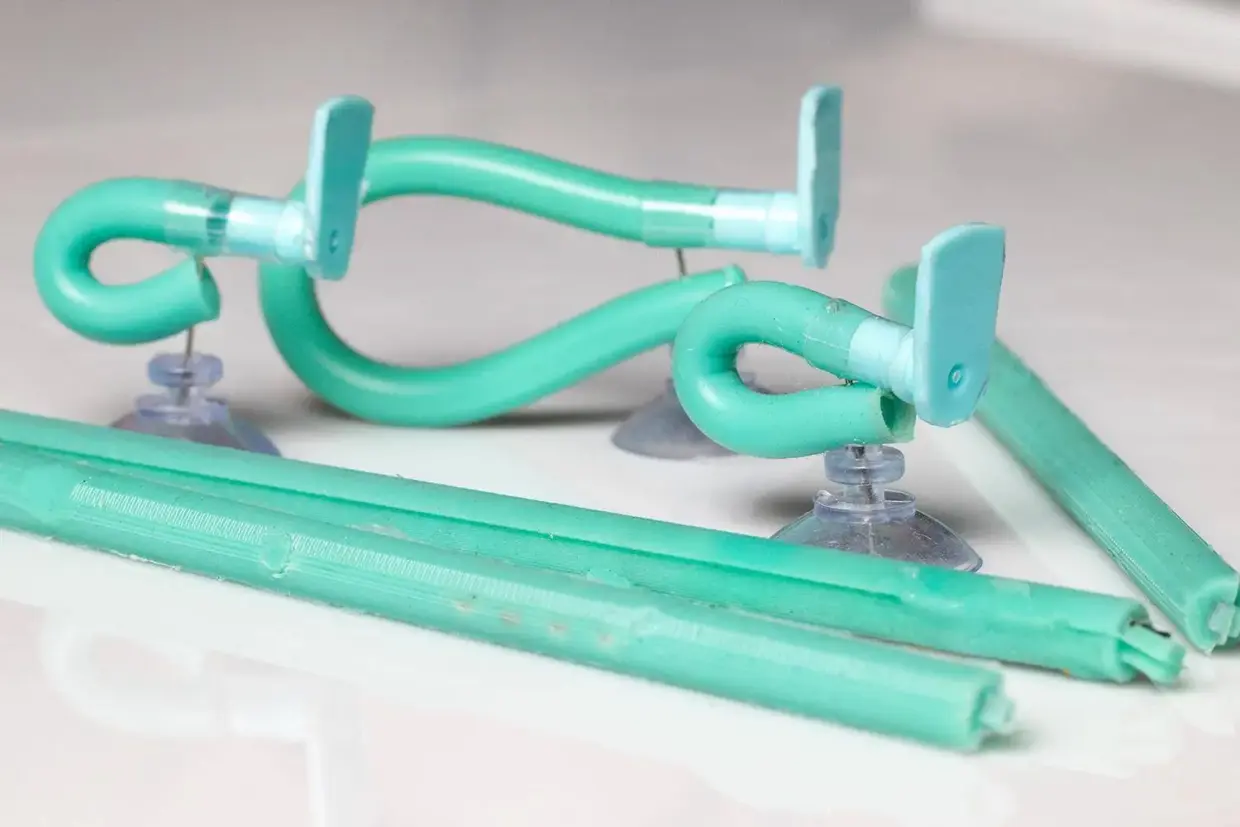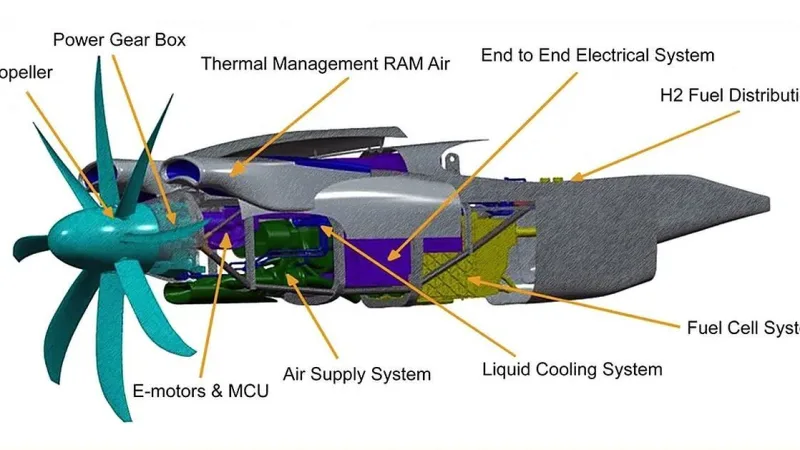How a Parasitic Worm Inspired a Robot That Jumps 10 Feet Without Legs

In a stunning demonstration of bio-inspired engineering, researchers at Georgia Tech have developed a soft robot that can leap nearly 10 feet in the air, without legs. About the size of a pencil and made of silicone with a carbon-fiber spine, the device was inspired by the unassuming yet surprisingly athletic movements of nematodes, a type of microscopic parasitic worm.
Published in Science Robotics on April 23, the study reveals how mimicking nature’s most unorthodox jumpers could revolutionize how we think about mobility in robotics. Whether on Earth or beyond it, this discovery opens doors for agile machines that can navigate rough terrain with ease, much like their biological muses.
From Parasitic Worm to Robotic Leaper
Nematodes, or roundworms, are among the most ubiquitous organisms on the planet, often inhabiting soil, freshwater, or the internal systems of larger hosts including humans. Barely thicker than a human hair, these creatures are capable of feats that seem to defy their size. Some nematodes can launch themselves up to 20 times their body length in a split second. This is an ability that piqued the curiosity of the Georgia Tech team.
“They don’t have legs, yet they can jump with the power and precision of a gymnast. It’s like me lying down and somehow jumping onto a three-story building.”
Said Dr. Sunny Kumar, lead co-author and postdoctoral researcher in the School of Chemical and Biomolecular Engineering.
The researchers studied high-speed video of these worms in action, particularly how they contort their flexible bodies into seemingly inefficient shapes. This is what scientists call “kinks.” But what looks inefficient is actually a marvel of energy storage and release.
The Secret of the Kink
Unlike stiff structures that buckle under pressure, nematodes exploit their flexibility. To jump backward, they kink their midsection while lifting their head, creating a tension-filled arc. When released, this contorted energy flings them through the air. For a forward leap, the worm does the reverse: straight head, kink near the rear, and an upward catapult follows. Dr. Kumar explained:
“By manipulating their center of mass, they can decide not only how high to jump but also which direction to go. At this scale, that kind of precision and versatility is almost unheard of.”
Fascinated by these movements, the team translated the biomechanics into robotics. They built a soft-bodied prototype that mimics the worm’s movement, equipping it with carbon-fiber reinforcements to enhance the energy release. The result: a five-inch robot that can spring up to a basketball hoop’s height. That too without any mechanical legs or springs.
Engineering the Impossible
Dr. Ishant Tiwari, another lead author and postdoctoral fellow at Georgia Tech said:
“We’re not used to thinking of kinks as useful. In most engineering contexts, a kink is a failure point — whether it’s in blood vessels, straws, or garden hoses. But in this case, the kink is a clever energy reservoir.”
The robot’s jump lasts just a tenth of a millisecond, an explosive burst that showcases the power of elasticity over brute strength. Not only can the robot jump high, but it can do so repeatedly, demonstrating remarkable durability.
The collaborative effort involved researchers from Georgia Tech, the University of California, Riverside, and the University of California, Berkeley, where Victor Ortega-Jimenez, a former Georgia Tech scientist, now teaches. Ortega-Jimenez first captured the worm’s movements using high-speed cameras, setting the stage for this leap in robotic design.
Leaping Toward the Future
The implications go far beyond the lab. Jumping robots have already been deployed for lunar exploration, and agile soft robots are being developed for rescue missions in disaster zones, where navigating debris or uneven terrain is critical. Dr. Kumar said:
“Nature is filled with strange and brilliant solutions. Our lab thrives on decoding these mysteries and turning them into technological innovations.”
From the bendy bodies of microscopic worms to high-jumping robots, this research exemplifies how looking closely at life’s smallest players can unlock outsized engineering breakthroughs. As robotics continues to evolve, it’s clear that the future may well belong to those who can twist, bend, and leap with worm-like ingenuity.
Sources
- Science Robotics, Georgia Institute of Technology, April 23, 2025.
- Engineering A Robot That Can Jump 10 Feet High – Without Legs






